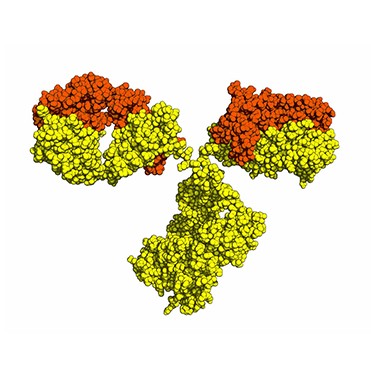Chimeric antibodies are used in a variety of applications, including cancer treatment and autoimmune disease therapy. They are produced using genetic engineering techniques and are designed to target specific proteins or cells in the body.
Blog By Genextgenomics on chimeric antibodies could include information on the different types of chimeric antibodies, their uses and benefits in different medical applications, and the process of producing chimeric antibodies. It could also include case studies or real-world examples of how chimeric antibodies are being used to treat diseases. Other potential topics could include the advantages and limitations of using chimeric antibodies, and the potential future developments in the field.

Comments
Post a Comment